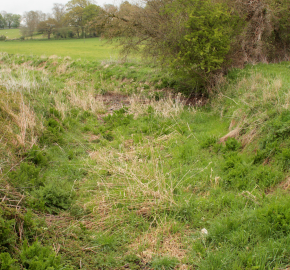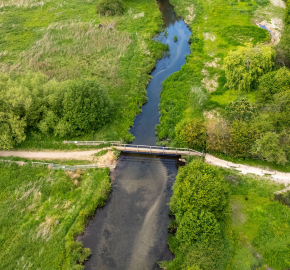Sunny skies spell trouble for wild fish: is the UK headed for another drought?
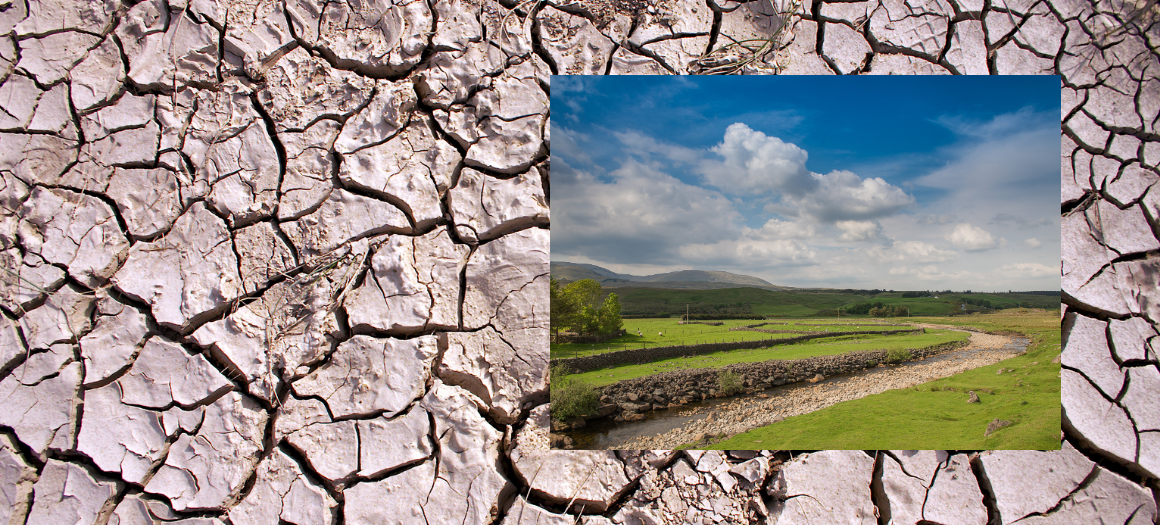
As drought conditions become more frequent, Danny Nixon explores how prolonged dry spells and dwindling river levels are increasing pressure on the UK’s wild fish populations – raising alarm bells for freshwater ecosystems across the country.
Across the UK, we have been experiencing a glorious start to spring. Clear skies and unprecedented temperature highs have been recorded across the country. The start of May has been the hottest on record, with temperatures reaching 29.3C in London, almost 2C higher than the previous record of 27.4C in Scotland, which has stood since 1990 (BBC, 2025a).
Whilst the soaring temperatures and dry weather will be welcomed by many, there is growing concern that the UK is heading towards a drought, which could spell disaster for wild fish and many other aquatic species. This year has been the driest start to spring in 69 years and farmers are voicing concerns that crops are already failing (Horton, 2025). It may come as a surprise to many that water scarcity is a growing issue in the UK.
UK reservoir levels fall below average and warn of water companies’ infrastructure neglect
Water companies have already been sounding the alarm bells. On the 10th of May, United Utilities announced that their reservoir capacity was currently at only 69%, compared with more than 90% for the same time last year (BBC, 2025b). The rest of England is not far behind, with national reservoir levels at 84% of capacity compared to the expected 90% seen in previous years (Horton, 2025). This drop in reservoir levels is particularly concerning as private water companies have not invested in building any new reservoirs in the UK since 1990!
The role of climate change
Climate change is making droughts more common in the UK by increasing temperatures and altering rainfall patterns. Warmer weather increases evaporation and dries out soil, while shifts in seasonal rainfall can reduce the amount of water available during key times of the year (such as this spring). These changes are making droughts more frequent, intense, and harder to predict.
Drought conditions pose a serious threat to wild fish populations, disrupting the delicate balance of freshwater ecosystems. Falling river levels reduce habitat space and increase the concentration of pollutants, which can be deadly for fish and other aquatic life, while warmer water temperatures lower oxygen levels. These environmental pressures are escalating as droughts become more frequent and prolonged.
While the impact on fish is severe, people are also affected. Drought diminishes water supplies for drinking, depleting reservoirs, rivers and groundwater sources, which can cause shortages and reduce water quality. It also impacts agricultural production by reducing soil moisture and water availability, leading to lower crop yields and livestock productivity.
Click here to read more about our work on the negative impacts of drought.
What the latest rainfall data reveals
In the UK, we are blessed with an extremely long dataset of national precipitation levels, going back as far as 1836. All of this data is free and publicly accessible from the Met office, and can be accessed here: Met Office Map and Data.
This data allows us to build a picture of how unusually dry the start of the year has been in 2025.
Since 1836, only 7% of years have seen lower cumulative rainfall levels by April than 2025 (245.8mm). When looking at the start of spring (March and April), we can see that rainfall levels in these months have only been lower 14 times, with the most recent being in 1964!
When comparing this year’s total cumulative rainfall with the entire historical dataset for the UK, we’ve had far less rainfall than would be expected at this time of year. Warnings of an impending drought seem to be justified; we may already be in one.
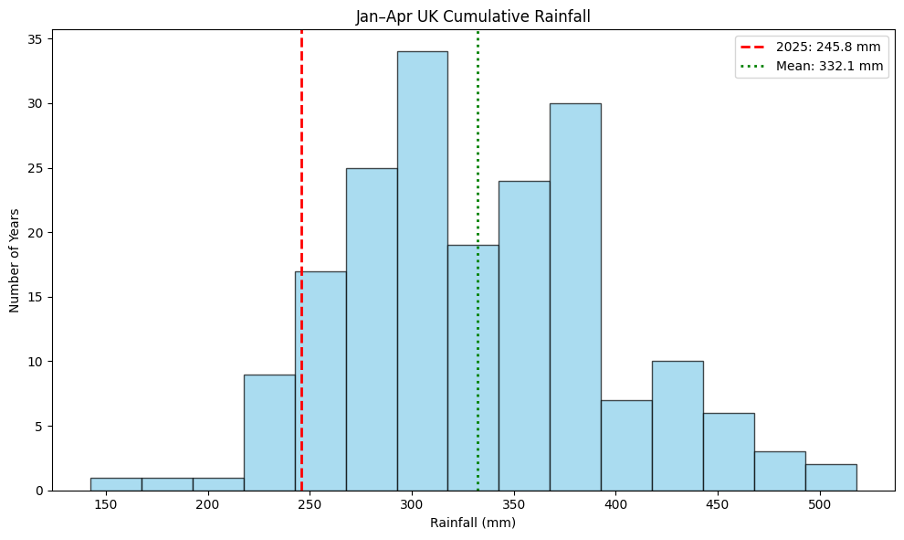
Looking at 2025’s current rainfall in comparison with the five driest years on record, the picture becomes even more alarming. At this point of the year, only 1855, the driest year on record, had experienced less rainfall. With two-thirds of the year still to go, this could change dramatically, although it is a worrying sign that this year will be unusually dry.
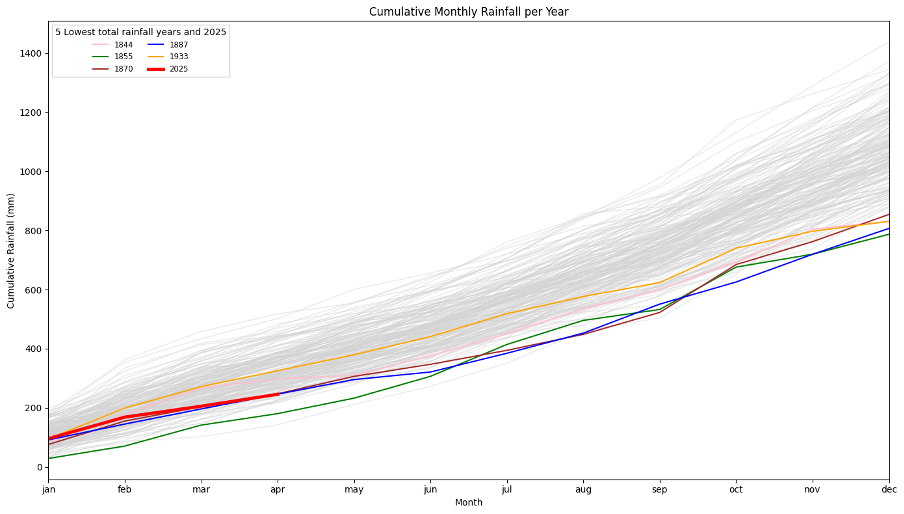
Comparing 2025 precipitation levels with recent years
Whilst comparing rainfall levels this year with incredible records from the 1800s is certainly interesting, a more useful measure would be looking at how the data stacks up against the most recent years in the UK. 2024 and 2023 were incredibly wet years for the UK, whilst 2022 saw widespread droughts (in summer) and was the joint hottest ever recorded (Barker et al., 2024).
Precipitation for the rest of 2025 was predicted using a simple linear regression model, which was trained on previous years to find the best-fit line that estimates rainfall May-December based on rainfall January-April. This does not account for natural and anthropogenic climate change (pollution of environmental change originating from human activity) trends, which have occurred in the past 189 years, but weights all previous years equally to produce the prediction.
It was estimated that we could expect a total cumulative precipitation total of somewhere between ~880mm and ~1070mm for 2025 when accounting for all previous recorded rainfall data in the UK. In comparison, total precipitation in the ‘wet’ years of 2024 and 2023 were ~1242mm and ~1319mm, and for the ‘dry’ year of 2022 total precipitation was 1092mm. Therefore, our estimates show that even if we see reasonably high levels of rainfall for the rest of the year, we are still looking at a year at least as dry as 2022. This is concerning, as Barker et al. (2024) highlighted in their recent appraisal of the 2022 droughts showed widespread disruption across the UK from water restrictions, crop failures, livestock stress, wildfires, and damage to infrastructure. Rivers and lakes experienced algal blooms and fish kills, while reservoir levels fell drastically. Wildlife suffered, canal navigation was restricted and heat-related deaths rose sharply. Transport was also disrupted due to heat-damaged roads and railways.
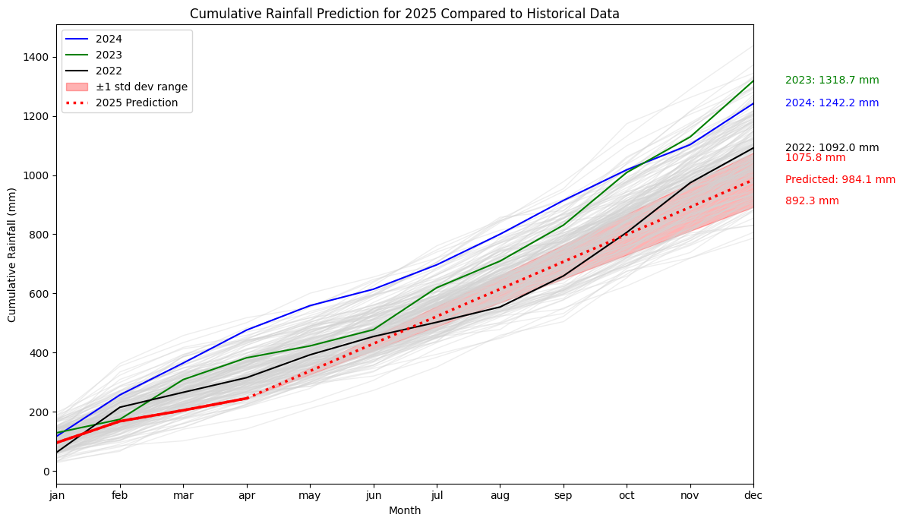
So, is the UK heading towards another drought? Yes. Almost certainly.
When comparing rainfall levels to the historical data, it is hard to argue that we are not already in, or extremely close to, drought conditions right now. Although at the time of writing, the Environment Agency has not declared a drought in any part of the UK, nor issued any hosepipe bans. Expect this to change if we do not see significant rain soon.
Take action to save water
There are things we can all do to reduce the impact of drought. Last week was ‘Water Saving Week’ – a campaign run by the UK charity Waterwise. The campaign shares information about how to reduce water consumption from better laundry practices and reduced showering time to fixing leaky pipes. Follow the link below to find out more about how we can reduce our water consumption.
REDUCE MY IMPACT



